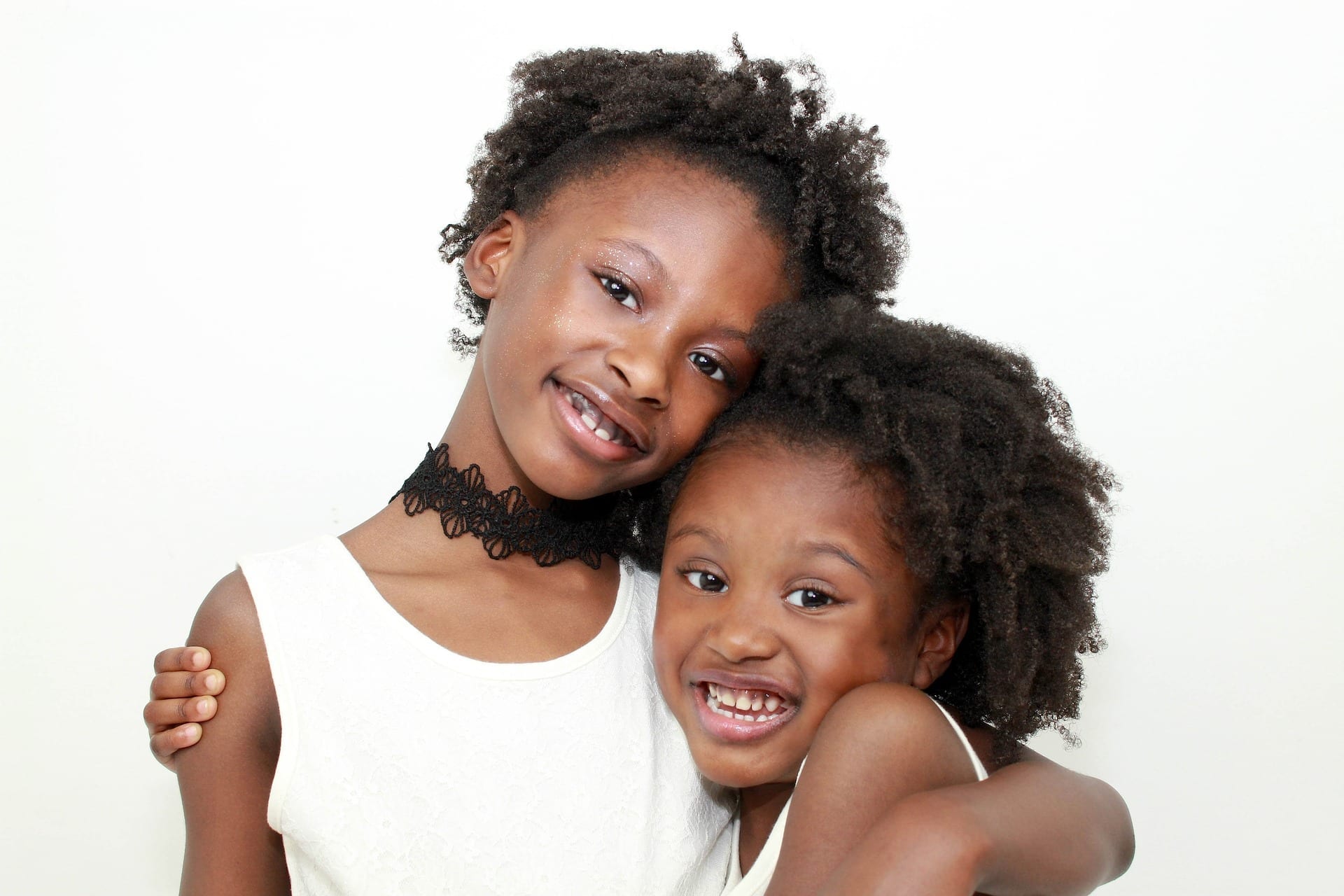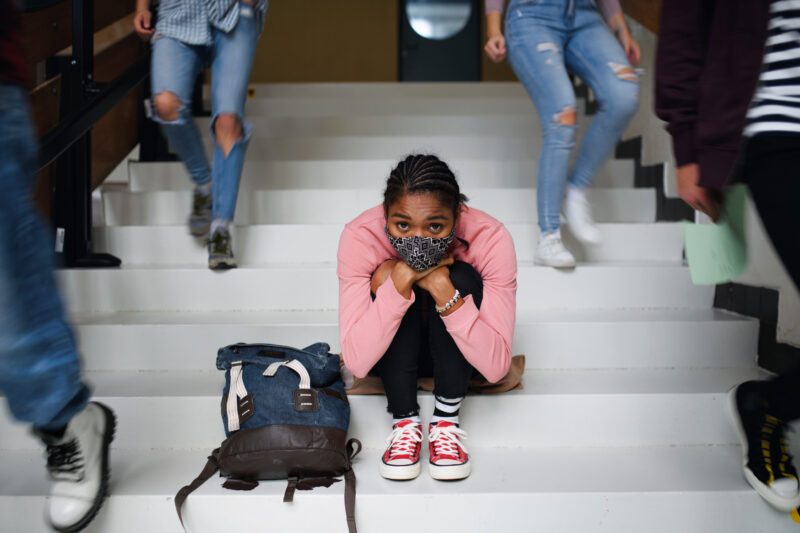SEL, or social and emotional learning, is essential, but its definition may not be easy to pinpoint. In the past, education centered around academic achievement – give students information and expect them to remember it. But times have changed. Our understanding of human beings has changed. And as a result, what we teach in school has, and still needs to, change. Enter Social Emotional Learning.
What is SEL?
Educators are very familiar with this phrase, but parents and other adults may not be. And even those who know what SEL is may still struggle to define it. SEL, or Social Emotional Learning, is aimed at the skills a person needs to have social awareness and manage their own thoughts and feelings. It is having the knowledge to interact with others in appropriate ways. Having healthy thought patterns. Knowing how to feel what you feel and then respond in ways that make good things happen. It is…complicated.
The steering committee for Social Emotional Learning at Anchorage Public School District defined it like this: Social and Emotional Learning (SEL) is the process through which we learn to recognize and manage emotions, care about others, make good decisions, behave ethically and responsibly, develop positive relationships, and avoid negative behaviors. And while the theory of SEL may be a bit challenging to fully understand, in 2017 the folks at CASEL (the Collaborative for Academic Social and Emotional Learning) defined five clear goals for SEL.
- Understand and manage emotions
- Set and achieve positive goals
- Feel and show empathy for others
- Establish and maintain positive relationships
- Make responsible decisions
Understanding these goals is key to successful SEL for students of any age. Let’s take a moment to look a little closer at each one.
Understand and manage emotions
The term self-awareness may be a bit off-putting to some. It brings up images of monks and meditation, but it’s really something far more simple than that. It is understanding what you feel and making good decisions out of those emotions. It’s also learning how to communicate feelings to others in appropriate ways.
Just because a person is small does not mean they can’t have big feelings. Kids have big feelings all the time, and it takes social and emotional intelligence to recognize what those feelings really are. But even if a person recognizes their feelings, it does not guarantee they know how to share or act on them in appropriate ways. By teaching SEL tools, students learn how to follow up their feelings with appropriate actions.
Set and achieve positive goals
It is a too-sad truth that many teens today believe they have no future. Even those with a more positive outlook often have no idea what they want for the years to come. One goal of SEL is to help young people decide what they want for the future and help them figure out how to get there. That doesn’t mean that a second grader will have the next twenty years planed out. What it does mean is that kids can look beyond today and can think about how the choices they make now will either help them move toward what they want or move them away from what they want. Even if that future is only as far away as next week.
When kids can have a goal for their lives and can see the steps they need to take to get there, even when the goal is something as simple as improving their grades for the next marking period, they will make better decisions, decisions that will help them walk along the path they have chosen. And when teens have an idea where they want to go with their lives, they are less likely to make damaging decisions when it comes to alcohol and drug abuse and risky behavior.
Feel and show empathy for others
Have you heard the story of the five Florida teens who taunted and recorded a man as he drowned right before their eyes then posted the video on YouTube? (CNN reported on the story.) Those teens lacked empathy – the ability to identify with the feelings and circumstances of another person. And while most teens probably wouldn’t do the same thing these kids did, there is still a great need to teach young people how to identify with the emotions of others, to put themselves in the shoes of another.
This can be particularly challenging for teens these days with the ever increasing use of technology. When we see or connect with people through phone, computer, or social media, others tend to seem less like real people. The more technology involved, the less we relate on a human level. And while some people are particularly strong in empathizing, others need to learn tools for identifying with others so that we can all show more compassion and have a happier, more peaceful world.
Establish and maintain positive relationships
No man is an island, even if Simon and Garfunkel sang something to the contrary. In today’s connected world, people have relationships with their families, their coworkers, their friends, their classmates, and all kinds of people online. We learn together, work together, and live and love together.
For some, these relationship skills come naturally. (We all know that person who can be friends with anyone.) But social skills are not instinctive for every person. Sometimes, perhaps even most of the time, people benefit from some guidance, some instruction on how to have positive relationships with others, and that is what Social Emotional Learning can and should do.
Kids who have instruction in SEL learn how to communicate, how to cooperate, and how to resolve conflict. They learn how to say no without causing drama, and they learn to agree to disagree, a skill far too few people possess in today’s world. These skills are essential for a successful future in the workforce and in other relationships, and when Social Emotional Learning is addressed in our schools, our kids can navigate those waters confidently.
Make responsible decisions
Have you ever struggled with a decision? Have the kids around you ever struggled? It’s no surprise that decision making can be challenging since it requires so many skills to come together: analyzing a situation, assuming personal responsibility, respecting others, knowing how to say "no," and problem-solving to name just a few. And these skills are essential for having a successful job, choosing positive friendships, and fulling your potential.
Social Emotional Learning teaches these skills. On top of that, it helps kids think through the consequences of their actions, avoiding impulsive and reckless behavior and setting them on constructive paths toward the future.
SEL for all
This only scratches the surface of how Social Emotional Learning can impact a young person’s life. Whether you are an administrator, teacher, counselor, or parent, we hope you see the importance of SEL in the lives of today’s youngest generation. These skills will not only enable the kids in our lives to be successful, but they will make a more positive future for our entire world.



